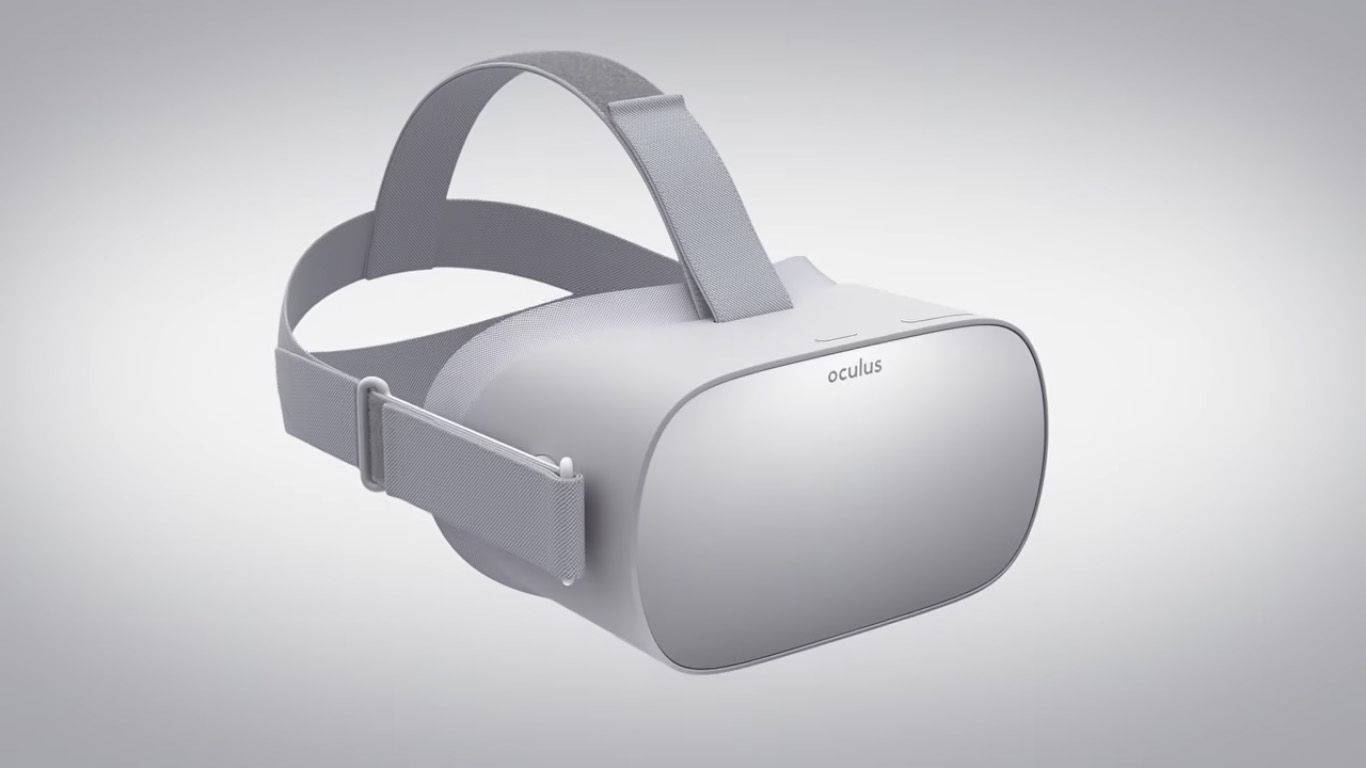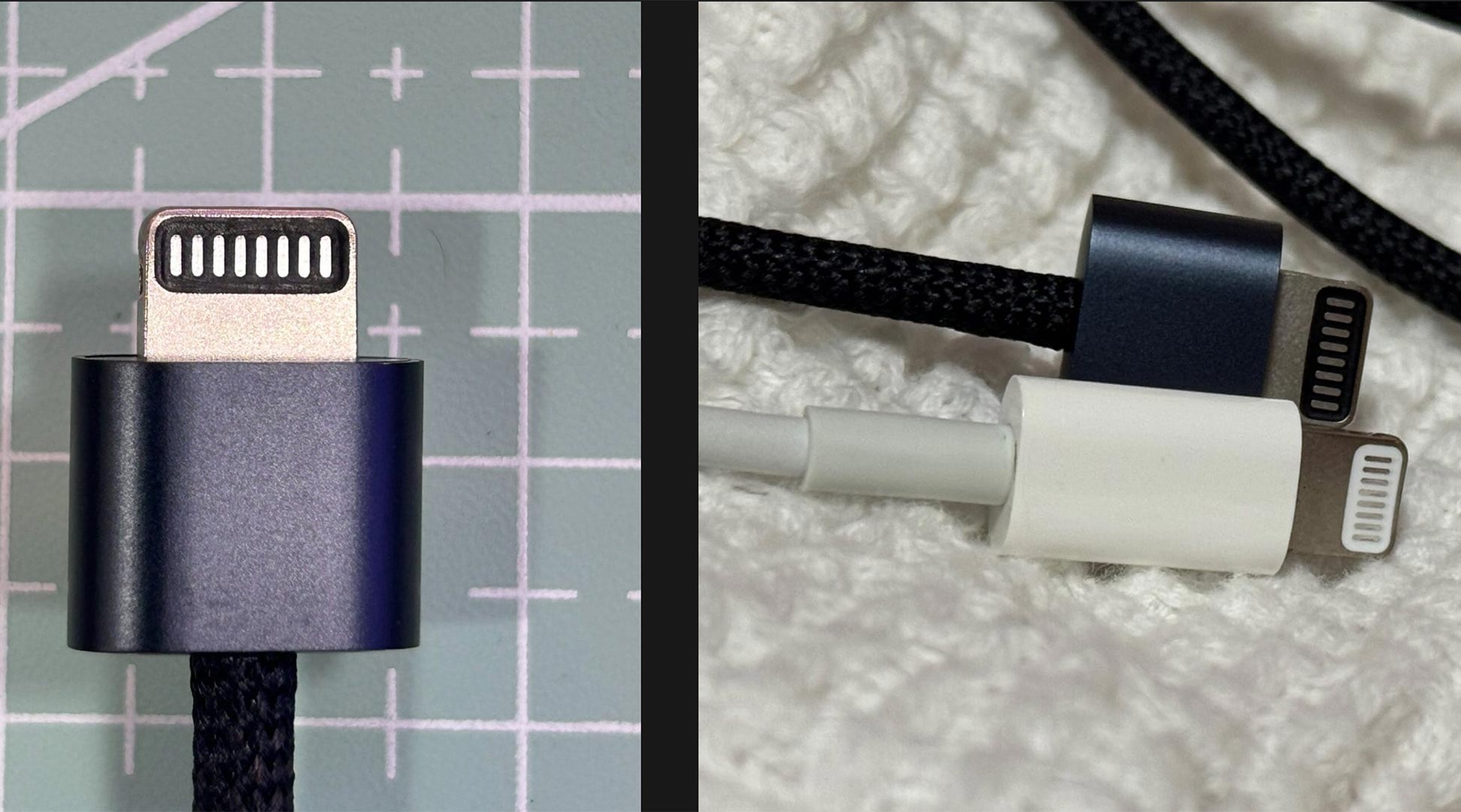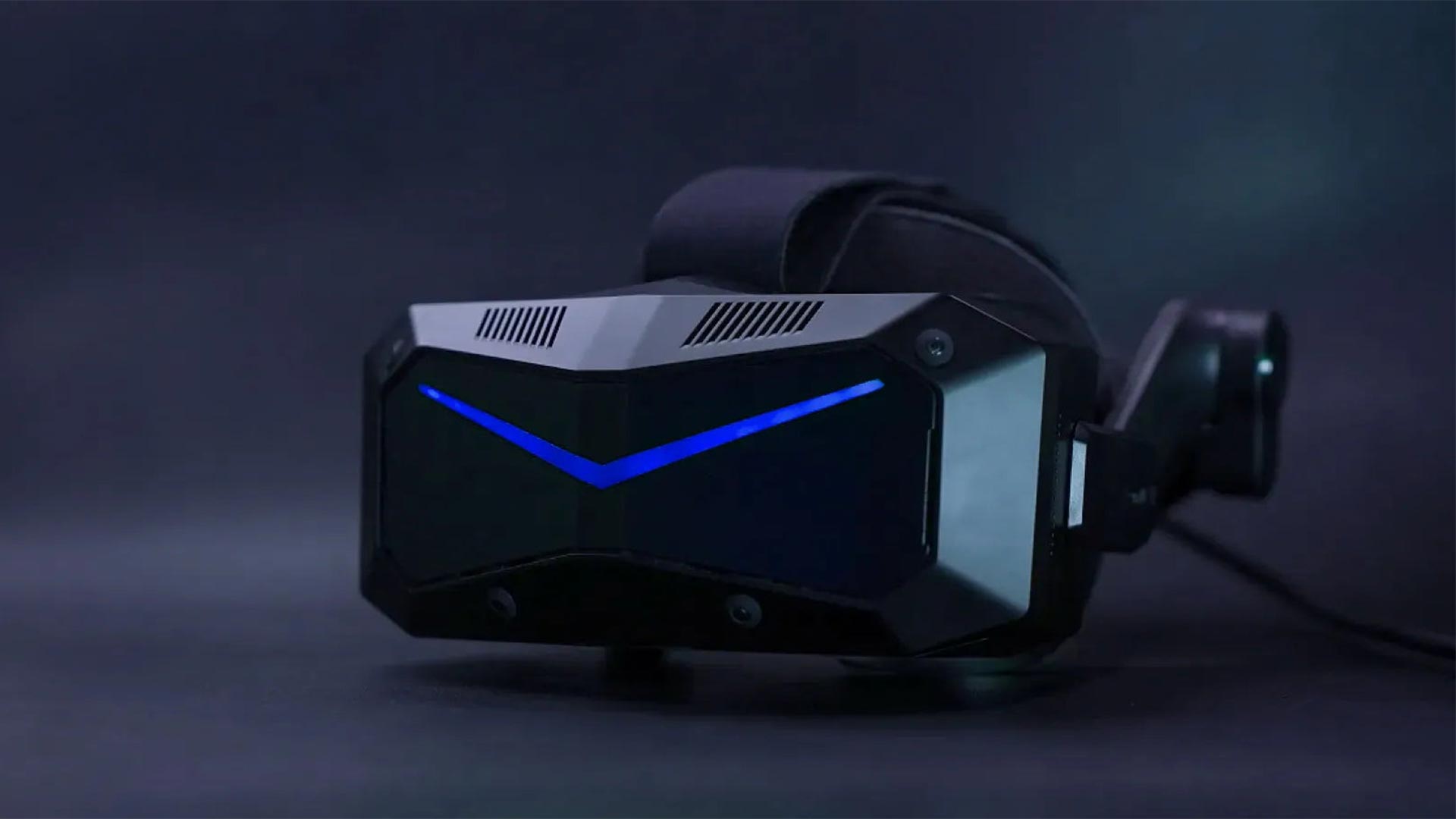Oculus Go has given VR an identity, but I have doubts about its utility
Yesterday I was reading the news regarding Oculus Go (ah, a great article about Oculus Connect 4 is coming tomorrow!), the new cheap headset announced by Oculus and I was triggered by the idea that it was a cheap dedicated VR device to foster adoption. This led me to some shower thoughts that I want to tell you.
Until now, consumer Virtual Reality has always been an add-on for some other technology. When I play VR games with my Rift, I use my super-powerful desktop PC and the Rift is just the screen. Microsoft has understood this clearly and when presenting its Mixed Reality ecosystem, it clearly stated that from an operating system standpoint, the Virtual Reality headset has to become just like an additional screen with two controllers. When using Gear VR, instead, VR is an add-on to the smartphone: you use your smartphone for your various tasks and then when you want to use it for VR, you just put into your Gear VR mount and enjoy your virtual experiences. The same holds for Daydream View and Cardboard.

Until now, VR has always been a peripheral, an add-on to some other computing platform. With standalone headsets, this changes. There is a dedicated platform only for VR… a device that does only VR. A new kind of device that has its own identity. A new computing platform, separated from mobile, laptops and desktop PCs.
This has its pro and cons: when talking about Gear VR, I often said to people that a good reason to own it is that you have to buy a fantastic Samsung phone, that you can use in your daily life for messaging, taking pictures, surfing the web, etc… When I bought my Samsung Note 4 to start playing with the Gear VR Innovator Edition, I was doubly happy: because I could experience VR and because I had an awesome phone at the same time. After 3 years, my Note is still an awesome phone and I absolutely don’t regret the purchase.
With Oculus Go, there is not this advantage anymore. You buy a device that does only VR, so you don’t have something that can be useful for other moments of your life. But on the plus side, it is very cheap: a high-tier Samsung phone costs surely more than $500 and not all people can afford to buy it. Especially if we move away from the First World, this can be an issue to help VR become widespread among people. Oculus Go is super cheap and this may incentivize people to try VR… or to gift it during the Christmas holidays.
This is, in my opinion, one of the hurdles that this platform has to surpass: the device is obviously targeted towards the general consumer. This is clear from the super low price and the decent experience offered. The other upcoming standalone headsets, like the Vive Focus, are standalone headsets with 6 DOF (and some of them have also hand tracking)… this one offers only 3 DOF and it can be controlled only with a remote. Clearly, the formers are targeted towards innovators and professionals (hence the expected price around $800-1000), while the second one is targeted towards random users that want to play casual games and see Netflix movies in VR (hence the super low price).

And this is the great chasm, in my opinion, the big bet. For the first time, a big company is trying to sell consumers a device dedicated only to VR. Not a peripheral, but a complete device, a platform. But the problem is that the general consumer has no idea what this can be useful for: the general consumer’s idea of VR is that it is something interesting, but nothing more. Furthermore, people are tired of watching 360 videos: they have all already seen bazillions of them in exhibitions and such, that’s no novelty effect anymore. There are million Gear VRs and Cardboards out there, but I bet that at least 80% are just taking dust. This has been confirmed by a friend of mine that asked me “Now we all somewhat know what VR is. There are VR cardboard headsets coming out from everywhere, even from cereal boxes. But I still don’t get what it is useful for“. I admit that such question has been embarrassing: of course, I told her about the beautiful experiences like Dear Angelica or the possible enterprise usages, but I understood that the general public is still not ready for VR. And if someone is not using a Cardboard that has come out from a Cereal Box, I don’t know why it has to spend $200 to buy a dedicated headset for a technology that can’t grasp. Even my awesome techie friend Matteo, today told me about Oculus Go: “Reading the price I was super-excited, then I asked myself: what do I do with it?“
Facebook is trying to cross the chasm, but this will require a lot of marketing efforts and a lot of value offered through the headset (the release of the famous killer application?). I hope to be wrong since I love VR, but I don’t think that this will be the device that will make VR super-widespread. I think that it will help, that more people will enter this world thanks to it (think about all the devs that don’t have money to buy a VR device+PC), that people will realize that there’s more than a crappy experience with a Cardboard, but I don’t think that once it comes out, it will disrupt everything. It’s too early, and the device offers too few. Because the answer to “What do I do with it?” is: watching Netflix, watching 360 videos, playing little games and meeting with people in Social VR. Interesting, but not astonishing as a match with Echo Arena or Robo Recall can be.

But I still think that a little revolution is coming here, with this device and with other less-known devices like the Pico headset: the one to make all people, not only techies, understand that there is a new computing platform. That you can buy a VR device only to experience VR and nothing more and this can be cool. And that this new technology is now affordable: surely new people will enter VR attracted by the low price. And since I’m a VR believer, I can say that in my opinion this new VR-only device, in the end, will be part of the life of everyone, along with smartphones and PCs. Until the day when AR and VR devices will be the only remaining platform… until the day everything will be substituted by a Brain Computer Interface.
For today, I’m happy of this little revolution: it is a little important step for the VR ecosystem. But I hope for a bigger one of tomorrow.
Disclaimer: this blog contains advertisement and affiliate links to sustain itself. If you click on an affiliate link, I'll be very happy because I'll earn a small commission on your purchase. You can find my boring full disclosure here.




I think the price of the Go is quite tempting and as you said, it will effectively help to increase adoption. But after viewing the Santa Cruz prototype in action yesterday (as well as Vive Focus/Eclipse or whichever they decide to name it when released) I was thinking that THAT kind of standalone HMDs is what we need to have more people realize the real potential of VR and that it’s not only here to watch 360 videos and photos. Despite the graphics will not be as high end as with an underlying PC, having 6 DOF with motion controllers where you can freely move and interact 1:1 with whatever (probably low-poly) virtual world you are immersed, would provide the kind of experiences that just blow up peoples mind. I’ve seen people getting pretty excited and emotional even with some simple graphics apps for high-end HMDs, due to the simple fact that they feel really transported to another world because of the positional tracking. But I guess the price for this kind of standalone headsets will still be pretty much higher than the Go and other “mobile” headsets, so we’ll have to patiently wait a bit more…
What else can I add? You already said it all. 6DOF Standalone is the future, Oculus Go is just a cheaper GearVR for people not having a Samsung phone.